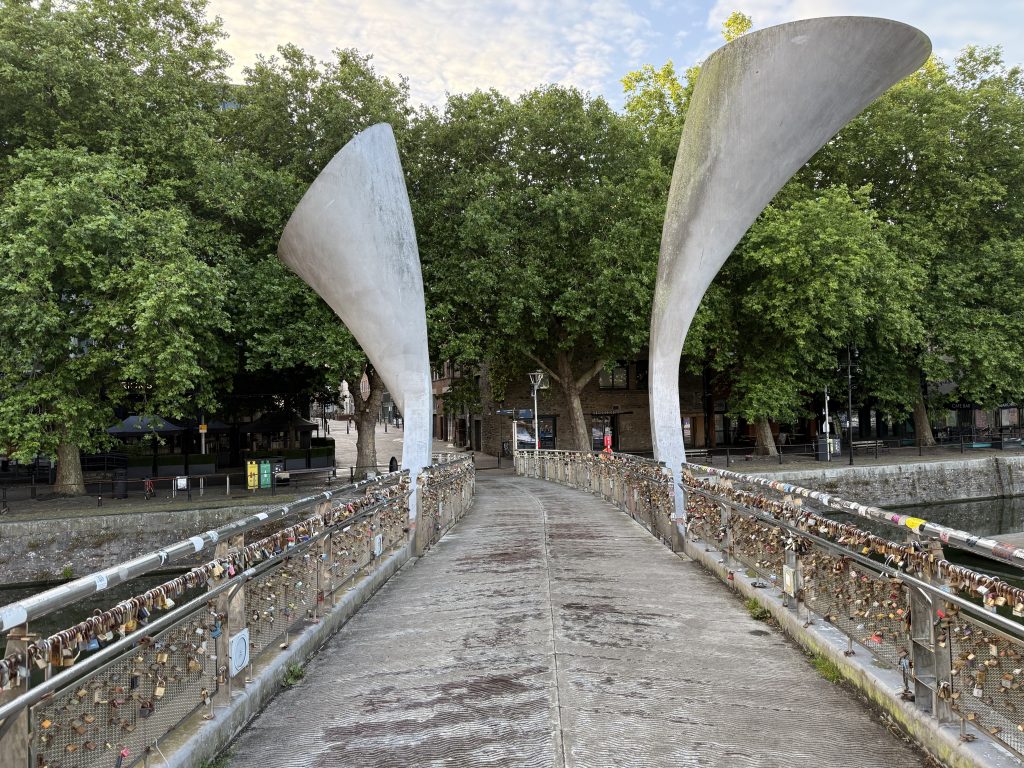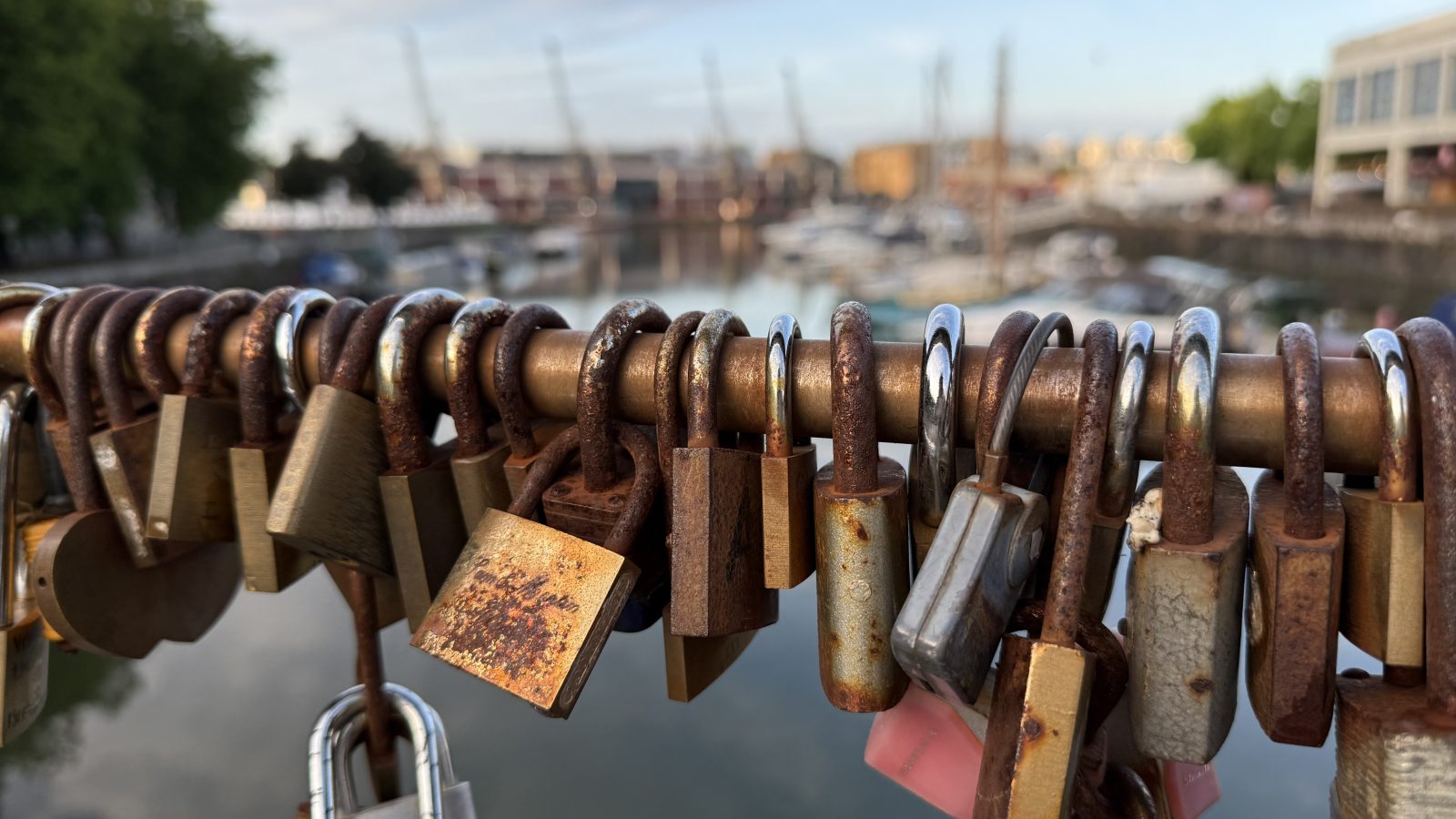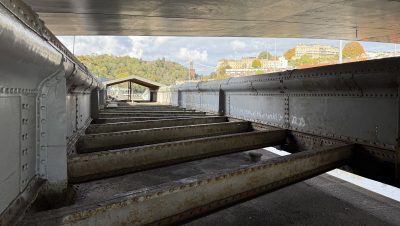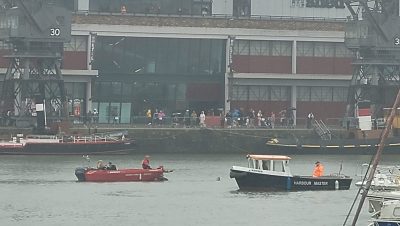News / love locks
Love locks to be removed from bridge
Three tonnes of padlocks attached to Pero’s Bridge are due to be removed.
The ‘love locks’ are put on the span by couples as a way of symbolising their romance, with the keys often thrown into the water below.
But the locks will soon be taken off the horny crossing after concerns that they have become too heavy, with the bridge no longer lifted because of the excess weight.
is needed now More than ever
They will be removed before the upcoming Harbour Festival from July 18 to 20 and potentially placed on a structure nearby.
In an update to the harbour committee, Patsy Mellor, director of management of place, told councillors about the ‘no lift’ notice on Pero’s Bridge due to the weight of the locks.
Mellor said: “It’s three tonnes, the estimated weight of the locks. The team is working on a solution where we can place the locks in a nearby structure of some sort.
“They have to be removed before the Harbour Festival, so it’ll happen quite quickly.”

The most distinctive feature of Pero’s Bridge is its ‘horns’ which act as a counterbalance on the rare occasions on which it is lifted – photo: Martin Booth
Pero’s Bridge links Queen Square and Millennium Square, and was named after Pero Jones who was enslaved and lived in Bristol in the 18th century. The pedestrian bridge was opened in 1999.
In 2016, Bristol mayor Marvin Rees said it would be unlikely that the love locks on the bridge would be removed, calling them “a part of the creativity and iconic sights” of the Floating Harbour.
In 2023, a campaign was launched to remove the locks.
A decade ago, the council removed most of the padlocks from the bridge, but people attached new ones and the bridge was again covered within a few years.
The practice of attaching a padlock to a bridge is common in many cities across the world, despite the corrosion the metal can cause and harm to aquatic life from throwing metal keys into the river.
Other cities have also removed padlocks from bridges and tried to prevent the practice, including in Dublin on the Ha’penny Bridge over the River Liffey; while in 2014, part of the parapet of Pont Des Arts bridge in Paris collapsed under the weight of the growing number of locks that had been attached.
Main photo: Martin Booth
Read next:
 Our newsletters emailed directly to you
Our newsletters emailed directly to you




















